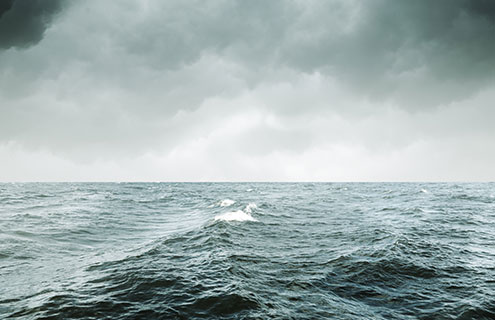Willis Re has released a new Japan Tsunami Model to advance the industry’s understanding of catastrophic tsunami losses.
Developed in-house alongside the Willis Research Network, it is the first tsunami model with probabilistic and deterministic modelling functions to be created by a broker.
The new model combines tsunami loss information with earthquake shaking damage output.
It provides both Willis Re and its clients the latest intelligence to quantify and manage risk from these extreme events, where historically losses have been little understood.
William Thompson, regional director for Willis Re Japan, explained: “The tragedies of the Indian Ocean tsunami in 2004 and the tsunami that followed the Tokohu earthquake in 2011 plainly illustrated how damaging these catastrophes can be. They highlighted the need to better understand and quantify the risks from secondary perils.”
“Japan earthquake risk has been rigorously investigated and modelled but the complexity of modelling tsunami has led to a significant gap in the industry’s ability to quantify risk for severe earthquake events.”
Through the Willis Research Network, Willis Re has worked closely with Tohoku University and University College London (UCL) on the model since 2010.
Rowan Douglas, chairman of the Willis Research Network, said: “The Willis Japan Tsunami Model demonstrates how the Willis Research Network can harness the expertise of leading academics to meet the direct needs of the industry.”
“By combining academic excellence with in-house analytics and market expertise we have developed an independent model whilst also being in a unique position to analyse the new tools that are now emerging from model vendors.”




.jpg)

